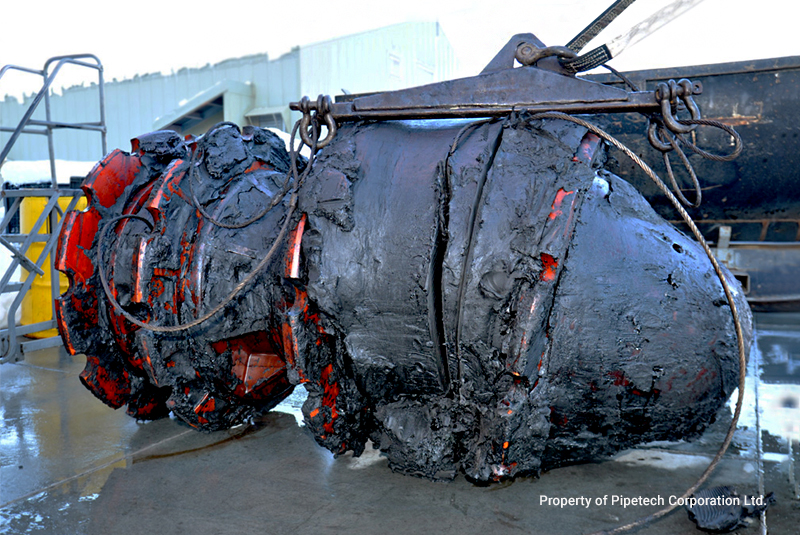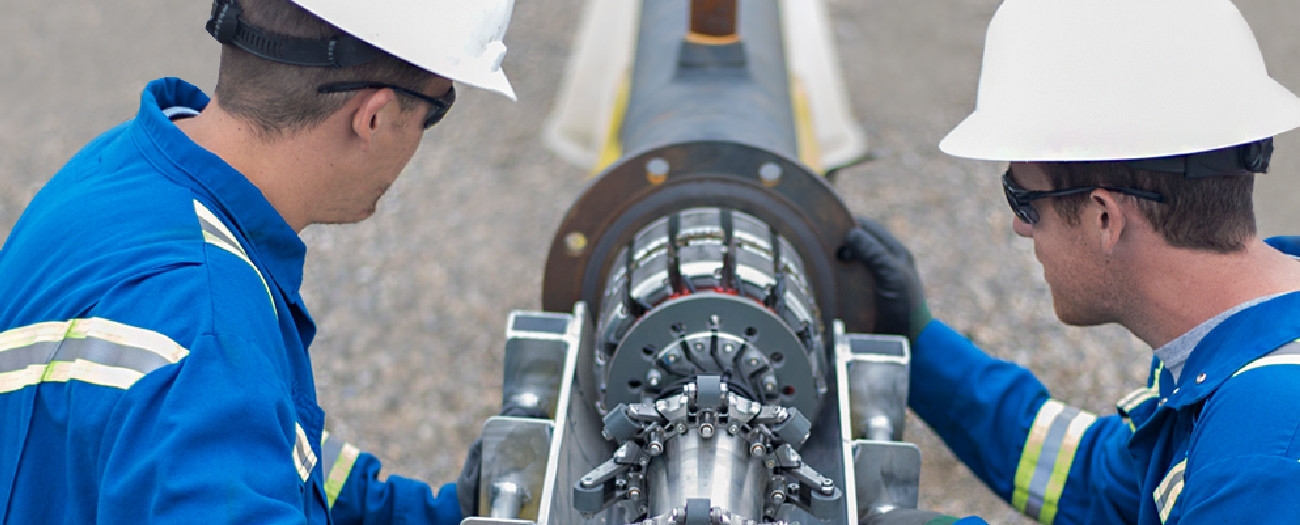Pigs aren’t only found on the farm; pipeline operators use pigs to keep lines free and clear.
Alberta - October 09, 2017The 411 on pipelines
The AER recently released a pipeline performance report to highlight company pipeline performance statistics to ensure that companies are being held accountable for their actions in the case of an incident, and to be more transparent about oil and gas activity to ensure that the public has access to all the information they need.
The report is on AER’s website and will be updated regularly.
Over the past 10 years, pipeline incidents fell by 44 per cent as the length of pipelines grew by 11 per cent. This drop is a result of better industry education, focusing their attention on pipeline integrity, improved inspection programs, and a greater focus on pipeline safety by the energy industry.
Everyone knows that pigs will eat anything—that’s why farmers feed them slop. Pipeline pigs are no different, except that they don’t have cute, curly tails—they will clean up anything in their path.
Pipeline pigging is a common approach that oil and gas companies use to ensure that pipelines are functioning properly. Companies often need to “pig their pipelines” to clean out built-up debris along the line and ensure the line is running smoothly. It’s an important part of maintaining the integrity of the pipeline, which the Alberta Energy Regulator (AER) requires in order to keep pipeline operations going.
“Ultimately it’s the responsibility of the company who owns the pipelines to keep them safe. Our role as the regulator is to make sure that they have plans in place to care for their pipelines and that they are following these plans,” says Dave Grzyb, a pipeline specialist with the AER.
What’s in a name
The origin of the term pig is a bit of an urban legend in the oil and gas industry. There are many stories that tell the history of pipeline pigs, but none can truly be authenticated.
Early versions of pigs were bundles of straw wrapped with wire that were forced into the pipeline and resulted in a squealing sound, hence the moniker. Other versions were rags wrapped in leather that came from pig hides.
Regardless of where they get their name, pigs play an integral role in caring for pipelines and helping to reduce pipeline incidents. While the AER doesn’t specify when or how frequently companies should pig their lines, many companies do it on a frequent, even as often as weekly, basis as part of their regular maintenance.
Smart pigs
In addition to cleaning pipelines, there are electronic pigs that can be used to inspect the lines—that’s right, smart pigs. These inspection pigs take measurements and collect data about the condition of the pipelines. They look for things like corrosion, cracks and dents, or any misshapen parts of the line.
“Inspection pigs give a tremendous amount of useful data. It’s very important for companies to understand the extent of corrosion inside their pipelines to determine whether they need to be repaired,” says Grzyb.
Inspecting pipelines is a proactive way to detect any issues that could lead to an incident. Identifying potential problems early is the best way to help prevent pipeline incidents and protect what matters most to Albertans.

Kate Bowering, Writer


